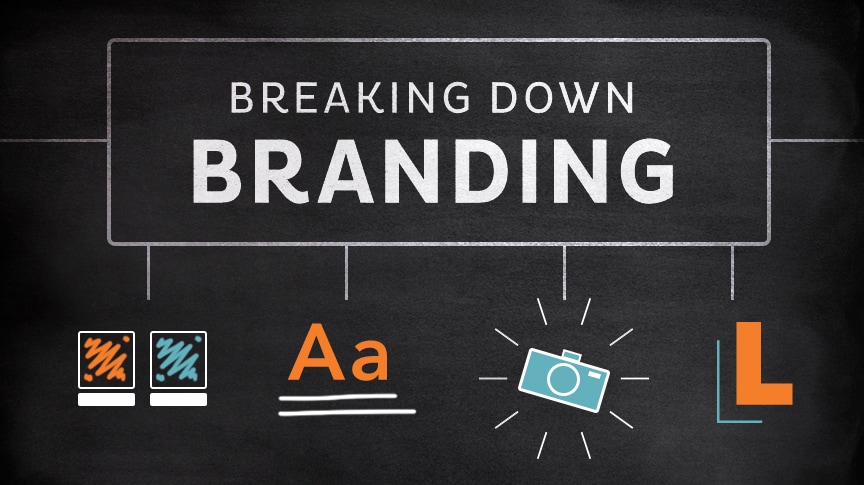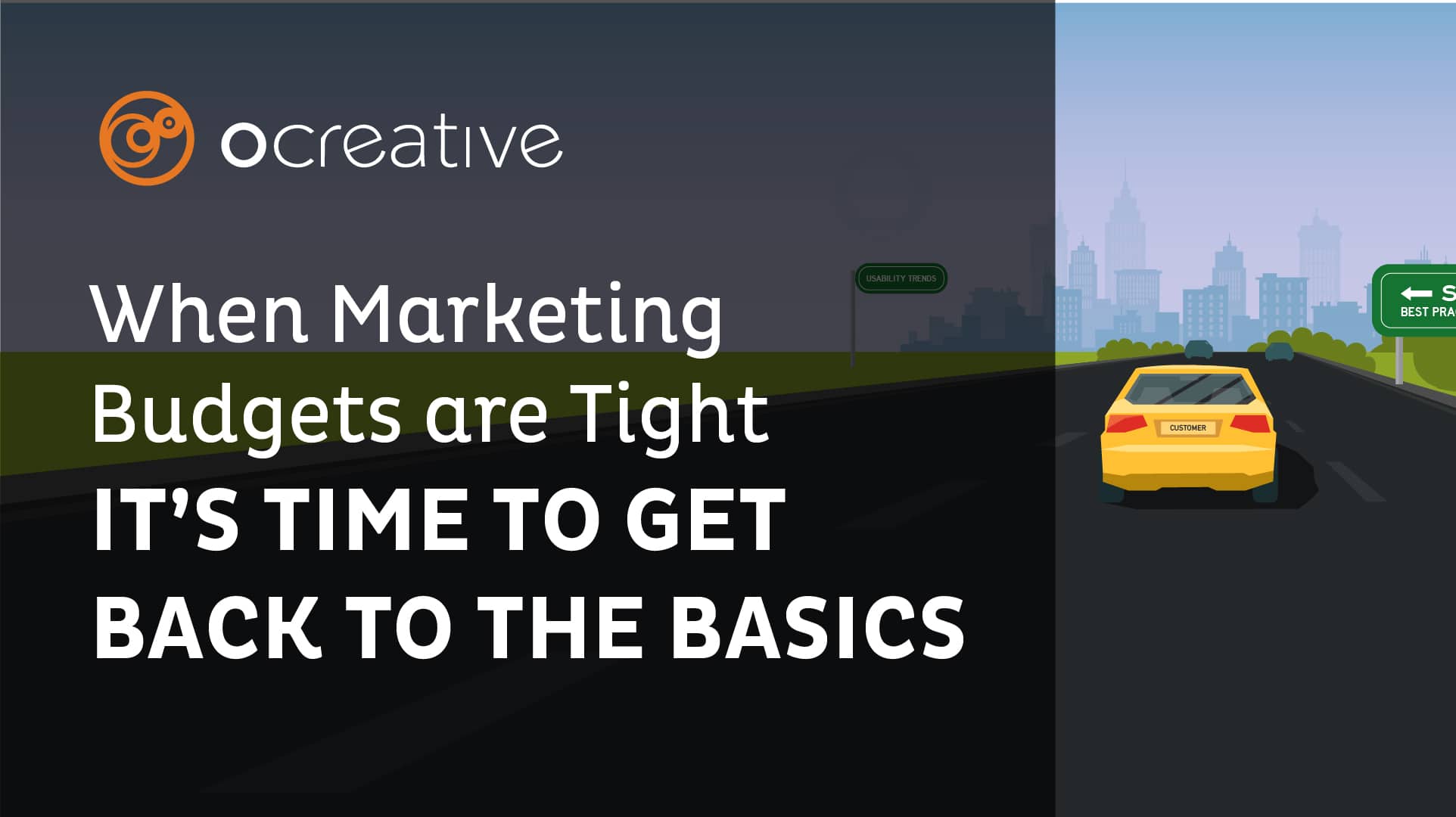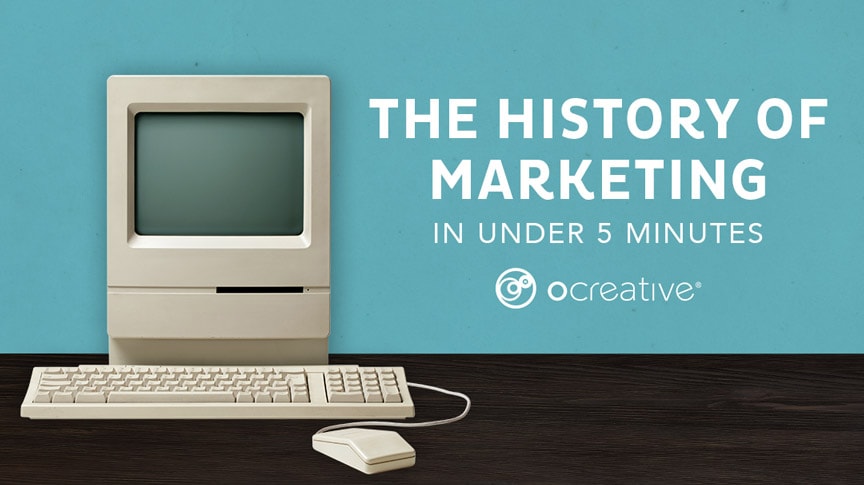What is Branding?
The term “brand” has become one of those words that has propelled itself into the hallowed halls of business jargon due to its ubiquity and, frankly, overuse. If we had a bitcoin for every time we heard the term “brand”, we’d be internet millionaires, but a more lucrative situation would be if we had a bitcoin for every time we heard a misperception about what branding is, then we could buy the entire internet. It might be easier to start with what a brand ISN’T.
A brand is not:
- your logo
- your tagline
- your product
- or your service
All of these things can be expressions of your brand but they are not your brand.
Here’s the simplest way we at Ocreative define brand:
Branding is about the promise of a distinct, memorable experience. It’s about creating an expectation and delivering it consistently every time anyone comes into contact with your brand whether it’s the way you answer the phone, how your website functions, your customer service process, how your office looks or how your product or service performs. It’s how you make your customers feel about themselves and their decisions when they are interacting with your brand. It’s why you shop at store A versus store B even if the price or product might not be that much different.

Brand Foundation: Building a Successful Brand
Developing a strong, authentic brand and delivering it consistently is the foundation upon which every successful business is built, and we can help you lay that first stone. We’ll help uncover what makes you special, differentiates you from the competition and defines who you are and what you want to be, and importantly, what your target audience wants you to be. The development of this brand will be essential to consistently delivering the right message to the right people to create just the right reaction.
As we mentioned before, Ocreative is your powerful ally for branding and creativity in both digital marketing and print advertising. As your partner, we will provide a high level of creative and technical execution, making your business stand out, stand tall, and demand attention.
Brand Strategy: Your plan for sharing your brand with others
Developing a brand strategy can help provide insight into what your goals are as a business, and how you plan to achieve them. A brand strategy includes looking at how you plan to share your brand with potential customers (Entrepreneur). When setting out to establish your brand identity, it is also important to do your research. Look into the lifestyle of your target audience, what your competitors are doing and how you can stand out from them, and the strengths and weaknesses of your company. A popular practice for designers when first establishing a brand is the creation of a persona. A persona is the typical user or consumer all packaged into one or two fictitious individuals, including lifestyle, income, location, career, personality traits, and values. One of the benefits of using a persona is that it makes it easier for designers to keep the target audience in mind, and it gives them someone to refer to throughout the design process.

One of the greatest actions your brand can take is focusing on consistency. This includes using the same logo across different platforms, consistent usage of color schemes and fonts, as well as maintaining a similar feeling and personality. This allows your brand to develop relationships with viewers since they will grow the ability to recognize key aspects of your brand. However, flexibility is also important in a brand because of the constant changes in design and industry trends (Hubspot).
The Visuals: The Expression of Your Brand
Logo Design
Your logo is one of the most identifiable parts of your business—it is your name, business values, and mission all wrapped up in one single image. Think of brands like Apple, Target, and Nike. They each have an iconic logo that viewers immediately recognize. These logos are popular due to their timeless nature, their minimal and successful approach to shape, and their overall consistent brand appearance.
Besides having a well thought out approach to appearance, a logo should be representative of what you do as a company and stand out against competitors, as well as being designed to stand the test of time so it will still be relevant 10 years down the road (Forbes).

Typefaces
Another part of building a brand includes selecting which typefaces and fonts you would like to use in your branding. Something to consider when choosing your business’ primary typeface(s) is to evaluate what kind of industry you are in, who your target audience is, and what is the tone you would like to set. Choosing a classical font could be beneficial for fine dining, but it would not seem like the best choice for a modern tech company. Creating a successful font pairing can also allow for some flexibility within your designs, but it is important to keep the typeface choice limited to a few options.
Color Palette
Your brand color is instant communication. It sends the first impression of how your brand is perceived and how people interact with it. Colors are instantly recognizable as part of a brand and can create sensorial cues that link the perception of how a product will taste, feel, or even sound to the brand they represent.

One of the challenges of creating a color scheme is defining one that carries a message and meaning that aligns with the company’s brand. Identifying the context of the color and its application are important aspects that must be defined. Choosing a color palette is about finding the right emotional response to the color and creating an effective color combination that sends the desired brand message. At Ocreative, we study the psychological meanings of colors and are trained to look for color trends and undertones. We are happy to work with companies who would like professional assistance with choosing colors that accurately represent the brand. Contact Ocreative to learn more about color consulting with our certified color expert.
Supporting Imagery
Supporting imagery can help push your brand identity even further. If you use specific imagery, a set of patterns, or a certain photo styling, you are helping to create consistency within your brand. Photos can also open up the opportunity to add flexibility within your brand. Keeping consistent imagery is also important for social media marketing purposes. Check out our blog article on taking pictures for social media to learn some tips and tricks!
Conclusion: Establishing a Brand
Maintaining your brand in both the visual aspects, or marketing, and the hidden aspects, such as customer relations and tone, is important to keeping your brand visible. When moving beyond brand identity to advertising and marketing, it is always a good idea to make sure the core of your brand does not lose sight of its core message. In a world with thousands of brands, it can be a challenge to make yours stand out. However, by establishing a solid brand identity, you can give your brand what it needs to grow and create loyalty among a great customer base.
If you are interested in establishing a strong brand presence for your own brand, contact Ocreative. We have helped many companies successfully find their footing through establishing and maintaining a brand identity that is as unique as the services they offer.
About Ocreative
Bright, honest, digital innovators and creative gurus, Ocreative is recognized as an International award-winning, full-service, integrated marketing agency. Since 2003, they have been getting big results for their trusting clients and that puts big smiles on everyone’s faces. Ocreative is headquartered in Wisconsin, but their clients are located all across the United States, from Massachusetts to Hawai‘i. Ocreative’s expertise and portfolio include marketing and strategy, advertising and design, websites and digital, and video and multimedia.





